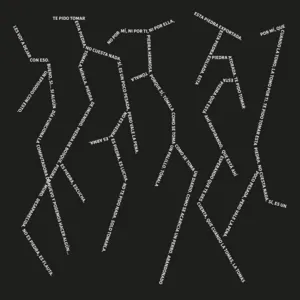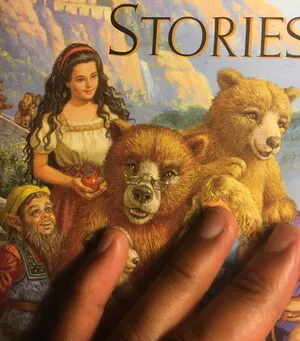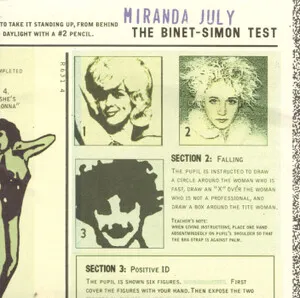
Radio drama is a scripted, voice-acted narrative form created specifically for listening, using dialogue, narration, music, and sound effects to tell stories without visuals.
It grew out of theatrical and literary traditions but adapted them for the intimate, imaginative space of radio, where pacing, voice performance, and sonic world-building replace sets and camera work. Episodes range from short sketches to multi-part serials and full-length plays, spanning genres such as mystery, horror, comedy, romance, science fiction, and historical drama.
Early radio stations in the United States experimented with dramatic broadcasts by 1922, adapting stage plays and short stories for the air. In 1924, the BBC commissioned Richard Hughes’s “A Comedy of Danger,” often cited as one of the first original plays written expressly for radio, helping to define the grammar of a drama built entirely from sound.
As national broadcasting networks matured, radio drama became a cornerstone of popular entertainment. Serial formats, anthology series, and genre programming flourished, supported by live orchestras, in-studio Foley, and star performers. In the U.S., programs like “The Mercury Theatre on the Air,” “Suspense,” and “Lights Out” showcased sophisticated storytelling and sound design. In the U.K., the BBC Drama Department professionalized production standards, while European traditions (e.g., the German Hörspiel) explored more experimental, literary approaches.
Television drew away audiences and advertisers, reducing prime-time radio drama in many countries. Nonetheless, public broadcasters sustained the form with notable one-offs and series, and new writing explored psychological realism and acoustic experimentation. The BBC continued commissioning original plays, while U.S. revivals (e.g., “CBS Radio Mystery Theater,” 1974–82) reintroduced large audiences to dramatic audio.
With cassette, CD, and later digital distribution, radio drama evolved into the broader “audio drama” space. Independent producers and public radio explored documentary–drama hybrids and sound-rich literature. The podcast revolution re-ignited global interest, expanding genres, narrative forms, and audiences while drawing directly on radio drama’s craft: spot-on casting, immersive sound worlds, and tightly engineered scripts.







